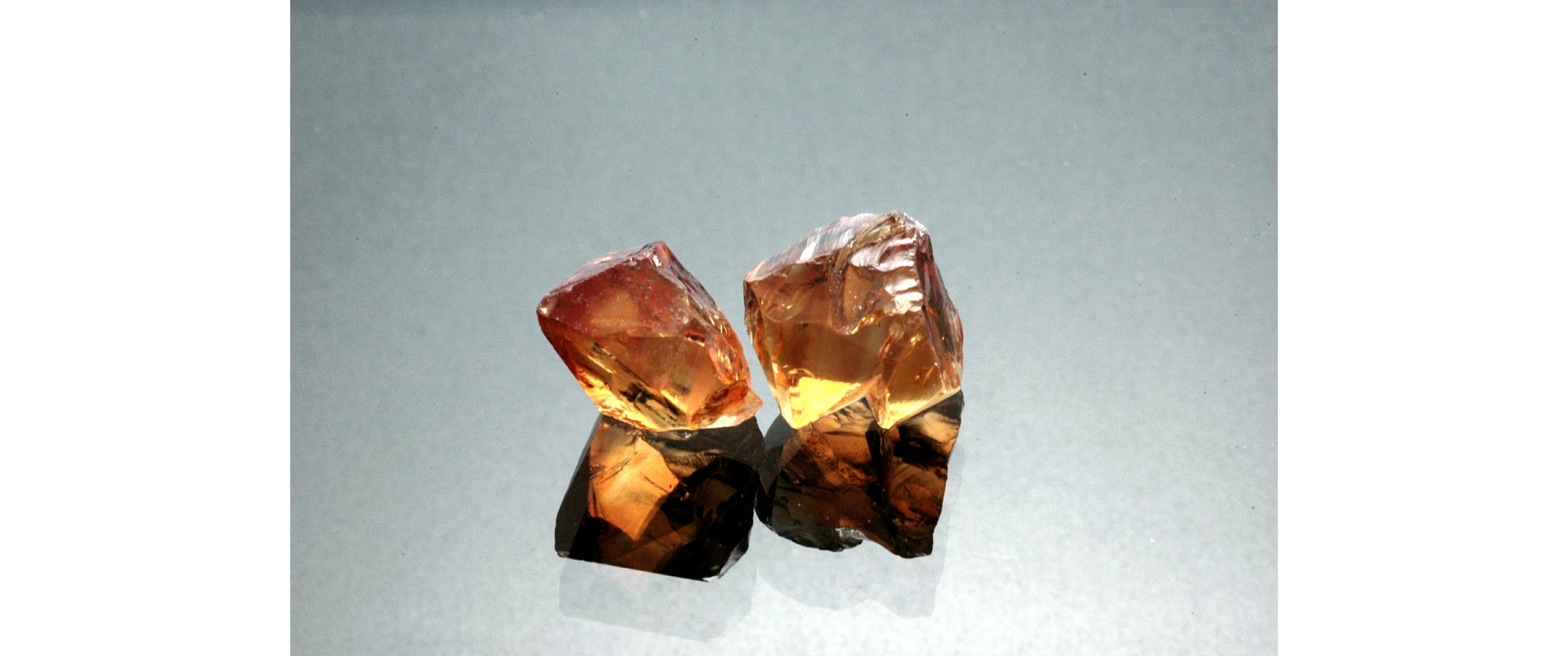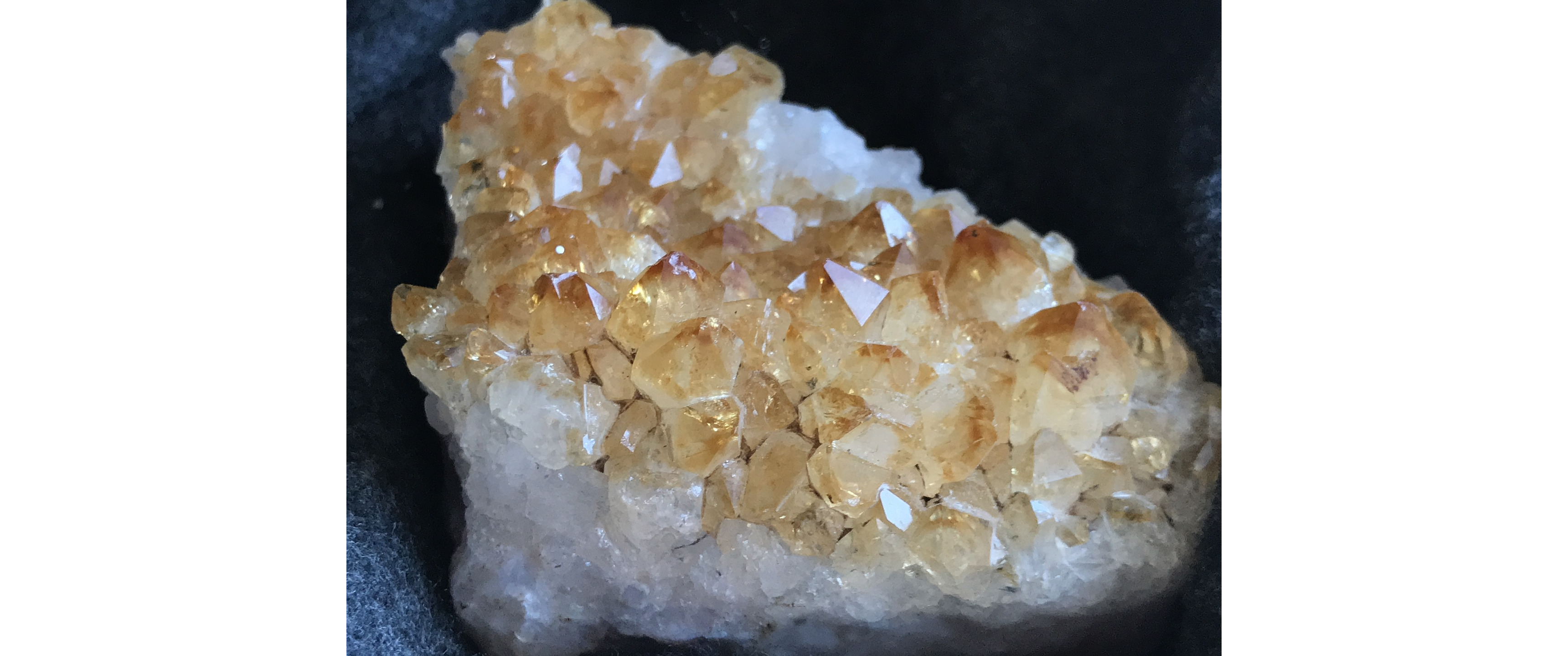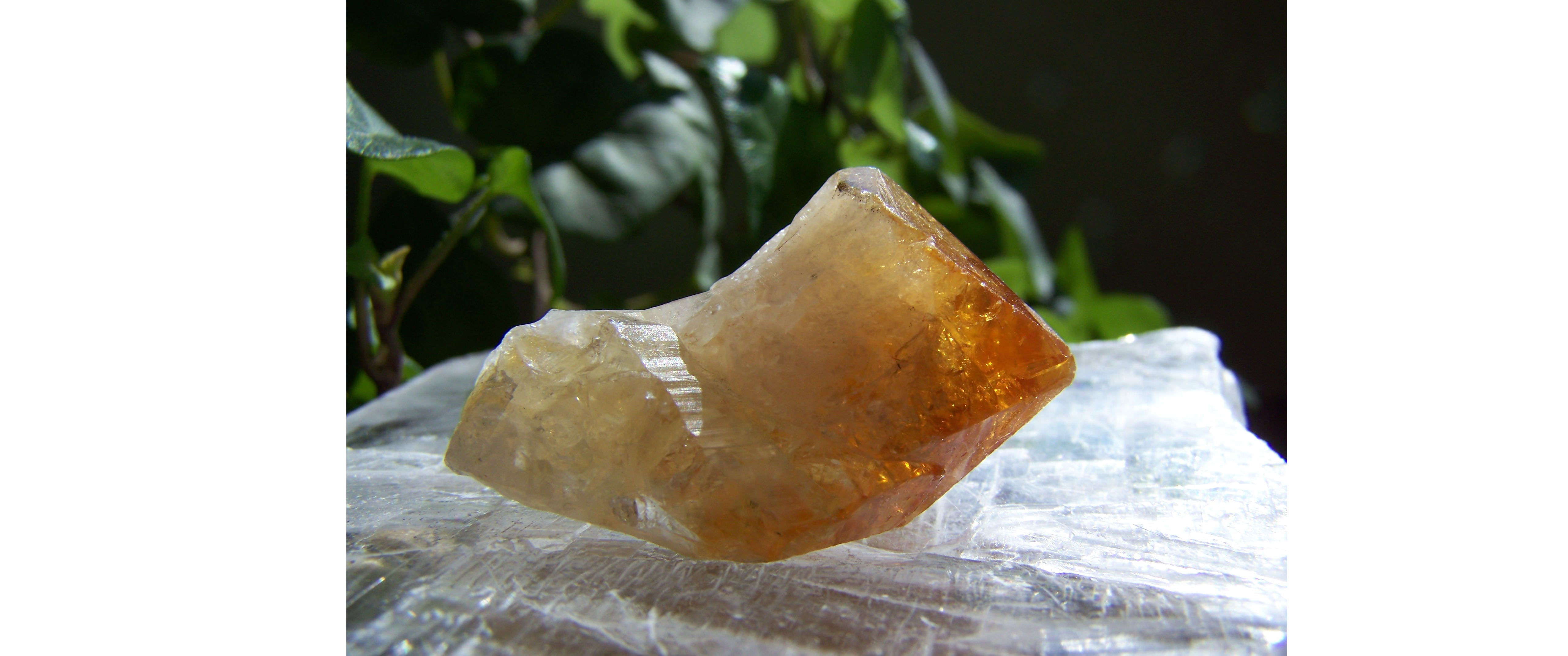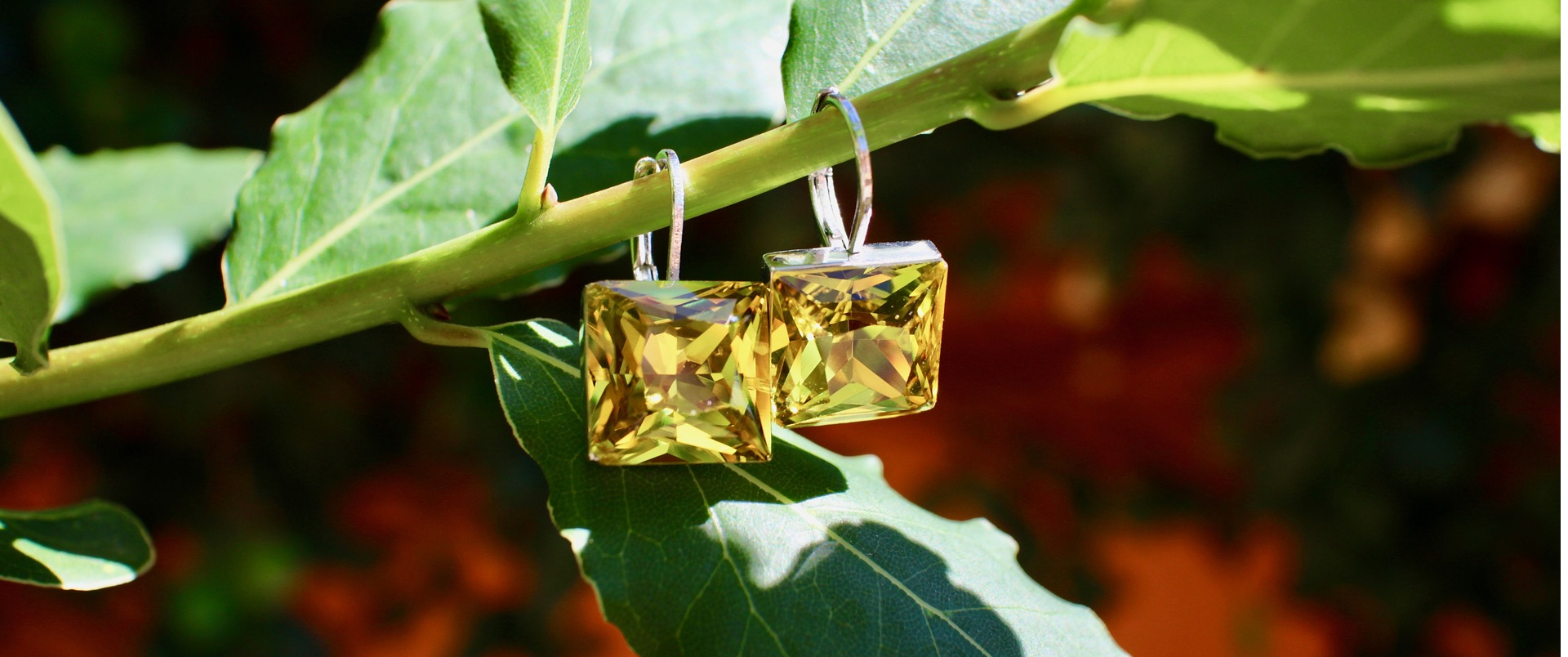NOVEMBER BIRTHSTONES





TOPAZ
There are two beliefs as to where the word “topaz” came from. Some believe that it comes from the Sanskrit word “Tapas”, meaning “fire”; while others believe that it comes from the Greek word “Topazos,” which was a name for a small island in the Red Sea.
Topaz gets its color from trace elements (iron, chromium, titanium, manganese) and has a color range from blue, green, brown, orange, yellow, red, pink, purple, violet, grey, and white (colorless). The special trade names for topaz are: Imperial Topaz (orange body with pinkish undertones) and Sherry Topaz (yellowish-brown or brownish-yellow to orange). Today, the most sought-after color is Imperial topaz. Topaz treatments are heat, irradiation, and surface coating. Mystic Topaz made its debut in 1998 at the Hong Kong Jewelry Fair. Mystic Topaz is created by coating a natural colorless topaz with a fine mist of titanium on its surface. The Moh’s hardness of Topaz is 8.
Topaz can be found in Brazil (Minas Gerais, Ouro Preto), Japan (Takayama, Tanokamiyama), Russia (Ural Mountains, Siberia), Sri Lanka, Pakistan, Namibia, Nigeria, Madagascar, Mexico, Myanmar, Scotland (Cairngorm Mountains, especially Ben a Buird), Germany, Australia, India, Zimbabwe, and the United States of America (California, Colorado, Utah).
Topaz is a traditional birthstone for November. In 1912 the National Association of Jeweler’s made yellow-hued Topaz, as well as Imperial Topaz, one of the birthstones for November. Imperial Topaz is the stone for the 23rd Wedding Anniversary. Topaz is associated with the zodiac signs of Scorpio and Sagittarius.
Ancient Egyptians believed that yellow-hued topaz provided protection for its wearer. Ancient Romans believed that it protected the wearer from poison. Ancient Greeks believed that topaz gave them strength (mental, physical), serenity, empathy, and warmth. In India, topaz was believed to assure long life, intelligence, and beauty.
From the 1300s to the 1600s Renaissance Europeans believed topaz could break magic spells and dispel anger. In 19th century Russia, imperial topaz ownership was highly restricted to the use of the royal family only.
Topaz has historically been associated with long life, longevity, strength, fidelity, faithfulness, loyalty, friendship, joy, splendor, beauty, truth, empathy, forgiveness, good fortune, intelligence, protection, wisdom, serenity, healing, and divine power.
Care:
High heat and sudden temperature changes can cause internal breaks. Prolonged exposure to heat or sunlight may cause fading in some yellow-to-brown gemstones. It may be slightly affected by some chemicals. Do not use steam or ultrasonic cleaners. Warm soapy water works best.
For Mystic Topaz, only use warm soapy water. Avoid abrasive cleaners and buffing wheels.
CITRINE
Citrine comes from the French word “citron” meaning “lemon.” In 1385, the term “citrine” was first used in reference to yellow gemstones.Citrine is Quartz. It gets its color from iron (Fe3+). Citrine has a color range from pale yellow to brownish orange, orange-yellow to brownish/greenish, greenish-yellow. Since ancient times it has often been mistaken for topaz. Today, the most sought-after color of Citrine is a deeply saturated reddish-orange, which can include the Madeira Citrine (gold-orange to reddish-brown) and the Fire Citrine (deep red-orange). It is rare to find in nature. Most citrine on the market is a result of heat-treated amethyst or smoky quartz. In the case of amethyst heat treatment changes the iron from Fe4+ to Fe3+ turning the purple into pale yellow to brownish-orange to reddish-orange color. The Moh’s hardness of Citrine is 7.
Citrine can be found in Brazil, Bolivia, Spain, Madagascar, Mexico, Uruguay, Russia, France, Scotland, and the United States of America. Fire Citrine is a trade name for heat treated citrine that comes from the Linha Estefania Mine in Brazil. Madeira Citrine is a trade name for a specific color of heat treated amethyst that comes from Brazilian state Rio Grande do Sul, Madagascar, Uruguay, and Zambia.
In 1912 the National Association of Jeweler’s made Citrine the birthstone for November. It is the stone for the 13th Wedding Anniversary. Citrine is associated with the zodiac signs of Scorpio, Sagittarius, Leo, and Cancer.
Egyptians used citrine as talismans. In Ancient Greece, in the Hellenistic Age (between 300 and 150 BCE), it was used as a decorative gem where they carved iconic images into it. Roman priests fashioned them into rings. Medieval Celts used citrine amulets to bring health and ward off disease and poison. In the 17th century, Scottish men used citrine for decorative purposes on the pommel of their daggers and swords. Citrine grew popular in the Victorian Era (1800s).
Historically, Citrine has been associated with calming, soothing tempers, increasing intelligence and happiness, accumulating wealth and success, and attracting love and prosperity. They thought it protected one from heartache, evil thoughts, and snake venom and carried the power and energy of the Sun.
Care:
High heat or abrupt temperature changes can cause the stone to crack. Citrine can fade with prolonged exposure to intense light. Steam cleaning is risky. Ultrasonic machines are okay as is warm water and mild soap. Dry with a soft cloth so no spots are left behind.
